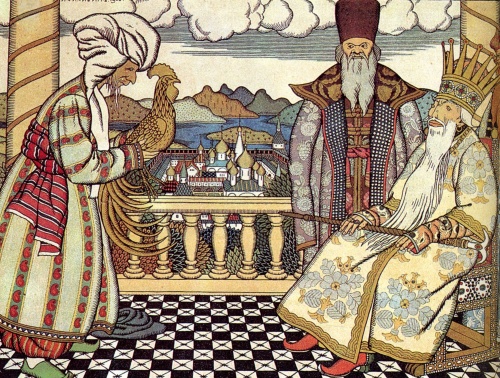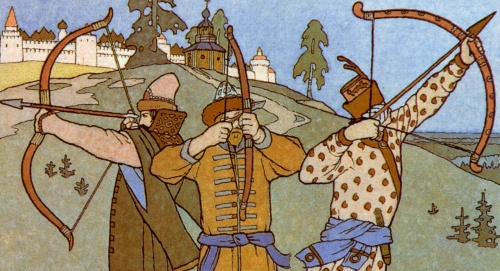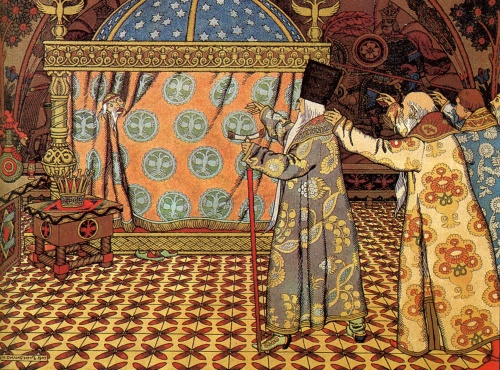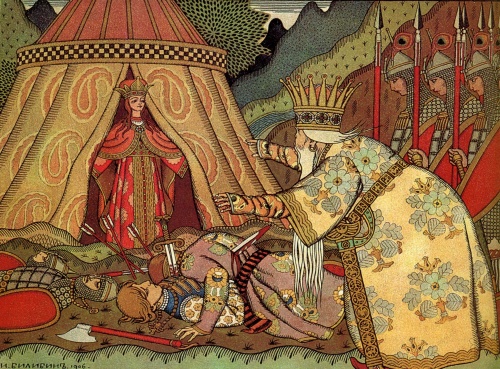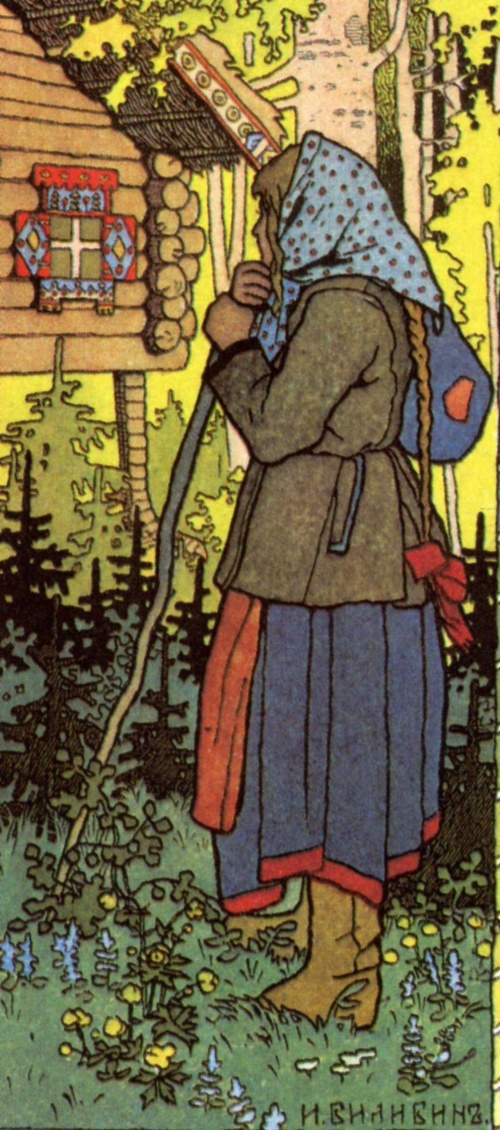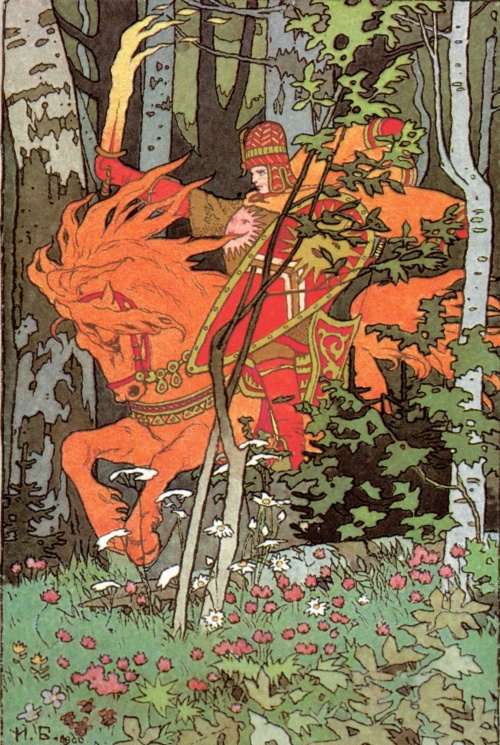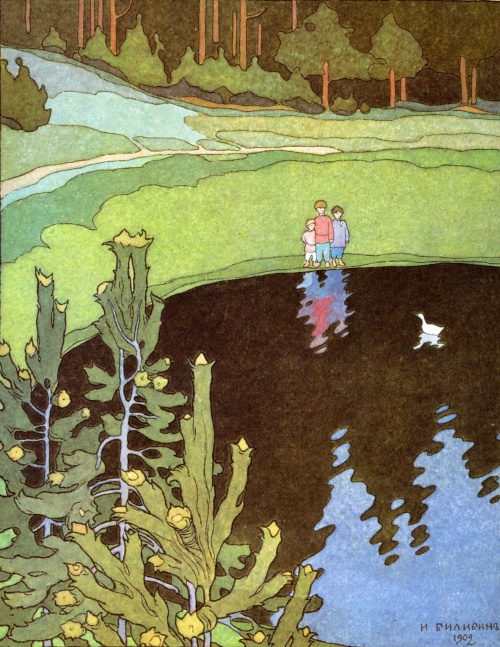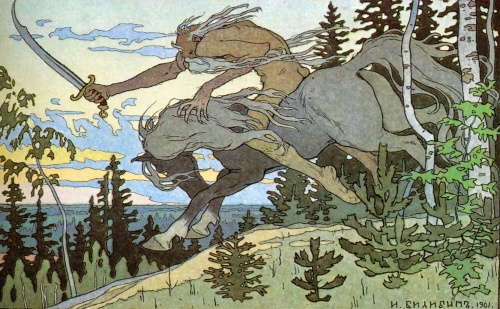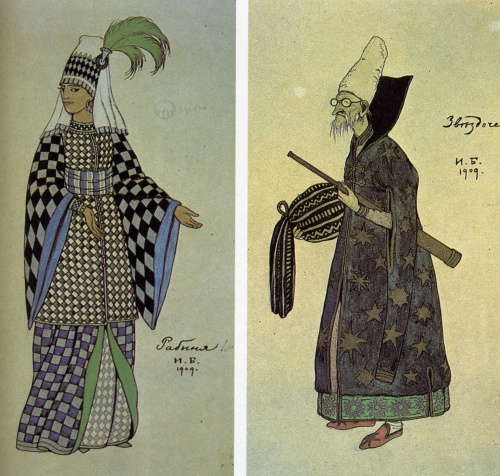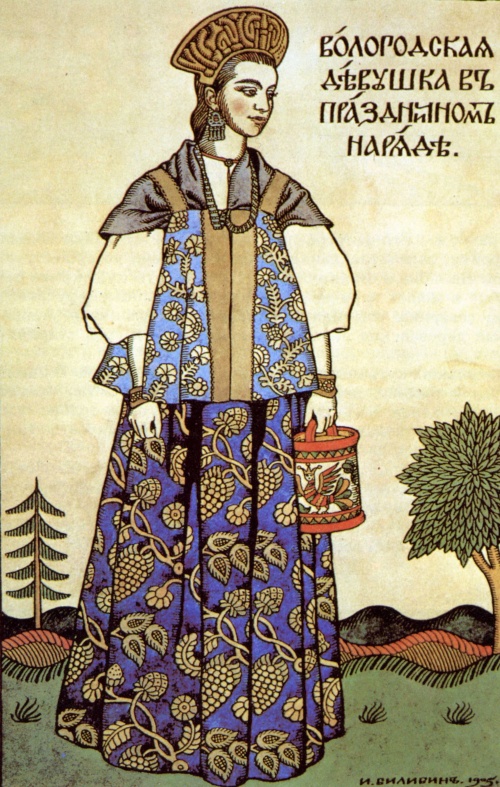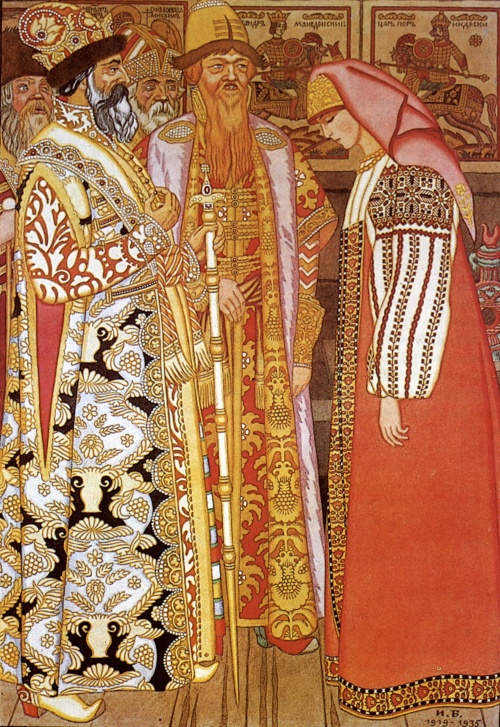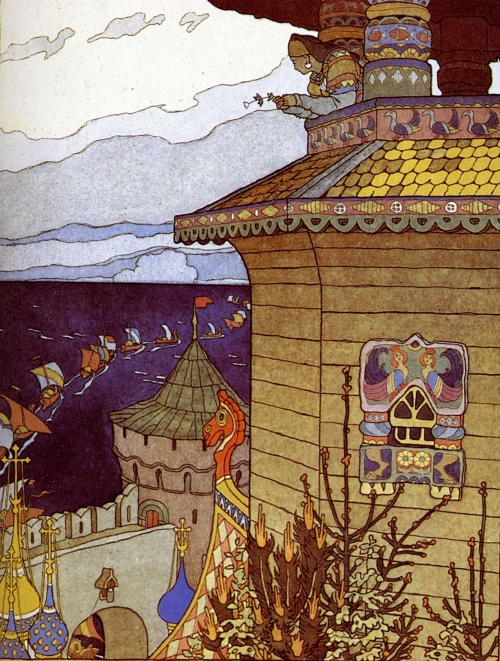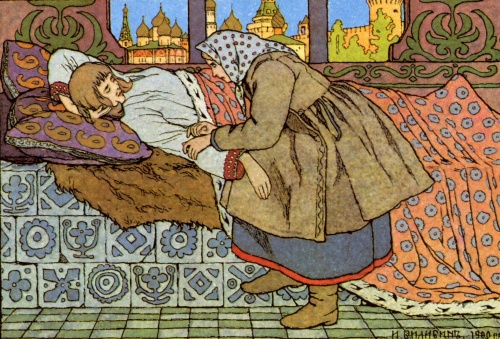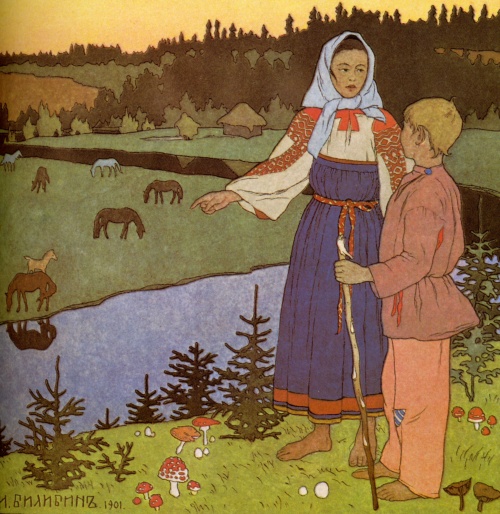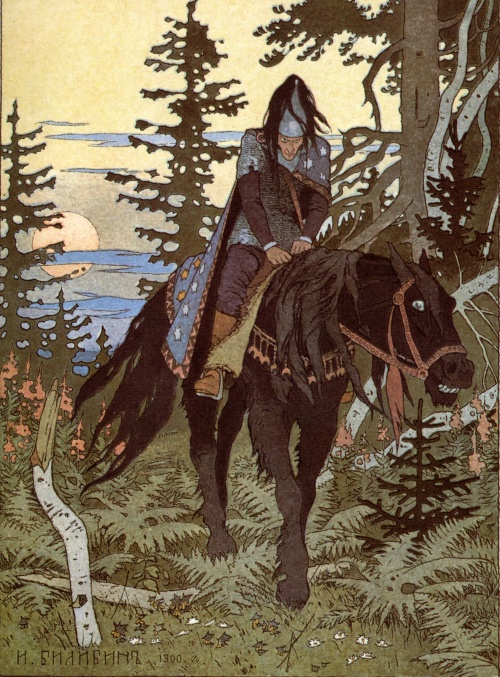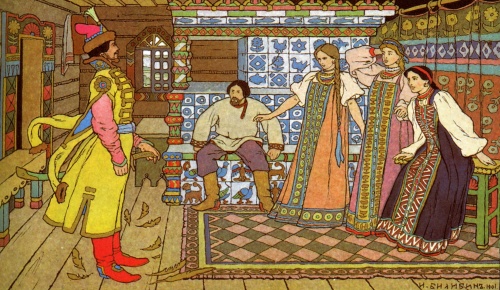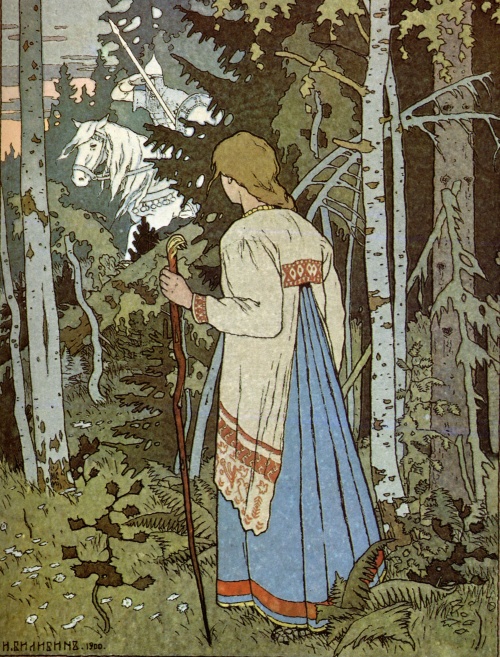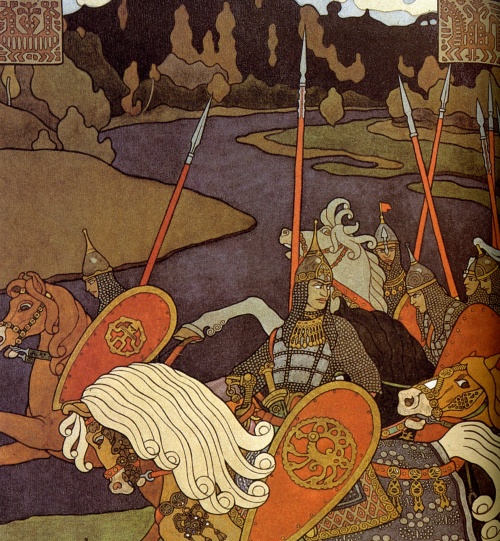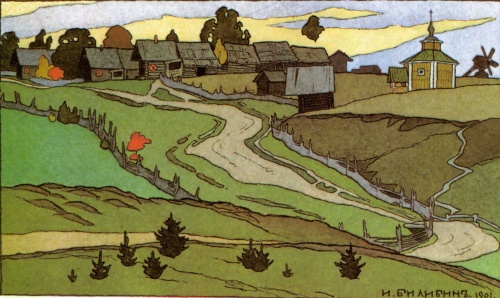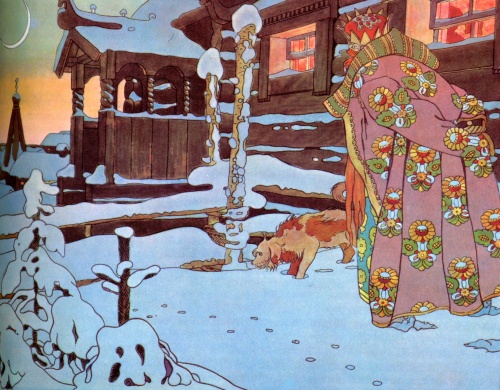Vedic Rus' part 3: Ivan Bilibin (35 works)
Разрешение картинок от 993x2246px до 4058x4396px
Ivan Bilibin was born on August 4 (16), 1876 in the village of Tarkhovka (near St. Petersburg), in the family of a military doctor. Graduated from the Faculty of Law of St. Petersburg University. In 1898 he studied in the studio of the artist A. Ashbe in Munich, then studied for several years under the guidance of Ilya Repin at the school-workshop of Maria Tenisheva. Lives mainly in St. Petersburg. After the formation of the art association “World of Art”, it becomes an active member.
In 1899, Bilibin accidentally arrived in the village of Egny, Vesyegonsky district, Tver province. Here he created illustrations for the first time, in what later became the “Bilibin” style, for his first book, “The Tale of Ivan Tsarevich, the Firebird and the Gray Wolf.”
In 1902, 1903 and 1904, Bilibin visited the Vologda, Olonets and Arkhangelsk provinces, where he was sent by the ethnographic department of the Alexander III Museum to collect ethnographic materials and photograph monuments of ancient Russian wooden architecture.
Bilibin's artistic talent was clearly demonstrated in his illustrations for Russian fairy tales and epics, as well as in his work on theatrical productions. From 1899 to 1902, he created a series of six “Fairy Tales” published by the Expedition for the Procurement of State Papers, then the same publishing house published Pushkin’s fairy tales with illustrations by Bilibin. In particular, “The Tale of Tsar Saltan” (1907) and “The Tale of the Golden Cockerel” (1910) appeared. In 1905, the epic “Volga”, illustrated by Bilibin, was published, and in 1911, Roslavlev’s fairy tales were published by the publishing house “Public Benefit”. In addition to the “fairy-tale” style with ancient Russian ornamental motifs is the production of the opera “The Golden Cockerel” designed by Bilibin in 1909 at the Zimin Theater in Moscow.
In the spirit of the French mystery, he presented “The Miracle of St. Theophilus" (1907), recreating a medieval religious drama; The costume designs for Lope de Vega's drama "The Spring of the Sheep" and Calderon's drama "The Purgatory of St. Patrick" - a theatrical production of the "Ancient Theater" in 1911. A humorous caricature of the same Spain emanates from G. Sologub's vaudeville: "Honor and Revenge", staged by Bilibin in 1909.
Splashes, endings, covers and other works by Bilibin are found in such magazines of the early 20th century as “World of Art”, “Golden Fleece”, in the publications of “Rosehipnik” and “Moscow Book Publishing House”.
During the revolution of 1905, the artist creates revolutionary caricatures. After the October Revolution of 1917, Bilibin left Russia. From 1920 he first lived in Cairo, then in Alexandria, and in 1925 settled in Paris. At this time, he was preparing brilliant sets for productions of Russian operas; the artist was invited to design Stravinsky’s ballet “The Firebird” in Buenos Aires and a number of operas in Brno and Prague.
Over the years, he comes to terms with Soviet power. In 1935-1936 he participated in the design of the Soviet embassy in Paris, creating the monumental panel “Mikula Selyaninovich”.
After this, in the same 1936, the artist returned to his homeland on the ship “Ladoga” and settled in Leningrad. Bilibin teaches at the All-Russian Academy of Arts and continues to work as an illustrator and theater artist.
Bilibin died in besieged Leningrad on February 7, 1942 in a hospital at the All-Russian Academy of Arts. The last work of the famous artist was a preparatory illustration for the epic “Duke Stepanovich” in 1941. He was buried in the mass grave of professors of the Academy of Arts near the Smolensk cemetery.
Bilibinsky style.
Bilibin's drawing is characterized by a graphic representation. Starting work on the drawing, Bilibin sketched a sketch of the future composition. Black ornamental lines clearly limit the colors, set volume and perspective in the plane of the sheet. Filling a black and white graphic design with watercolors only emphasizes the given lines. Bilibin generously uses ornament to frame his drawings.
